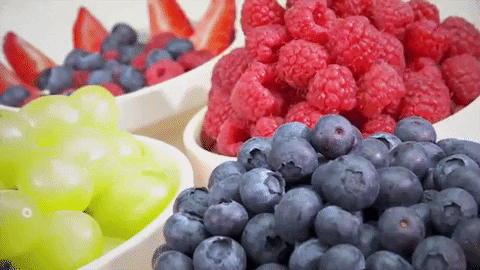Blackberries, Potatoes Crack Infamous 'Dirty Dozen' of Pesticide Affected Produce
June 12, 2025

Before you pop that next blackberry into your mouth, consider how well it's been washed. That’s the advice of the Environmental Working Group (EWG). It's the nonprofit behind this year’s “Dirty Dozen” list.
In its “2025 Shopper’s Guide to Pesticides in Produce,” EWG analyzed almost 50,000 samples of 47 non-organic fruits and veggies. Just like you might do at home, they washed the items. They peeled and scrubbed them. Then they tested them for pesticides. Those are chemicals designed to kill bugs. Despite the precautions, EWG found that certain items still had traces of the toxic chemicals.
EWG calls the types of produce with the most pesticides the “Dirty Dozen.” They are spinach, strawberries, kale, grapes, peaches, cherries, nectarines, pears, apples, blackberries, blueberries, and potatoes. Blackberries and potatoes are new to the list this year.
If people eat small doses of the chemicals (like those found on the “Dirty Dozen”) over a long period of time, they may feel sick. Symptoms can include feeling “tired or weak, irritable, depressed, or forgetful,” the US Centers for Disease Control and Prevention warns.
Fortunately, there are steps fruit-and-veggie lovers can take to ensure their food is clean, CNN reports. Among them:
• Buy organic produce, if possible.
• Rinse produce before peeling; pesticides (and bacteria) can transfer from a knife onto the ready-to-eat food.
• Use a veggie brush to scrub firm products like apples or melons.
• Wash hands with warm water and soap before and after preparing fresh produce.
There are also types of fruits and vegetables less likely to carry pesticides. EWG calls them the “Clean 15.” They are pineapples, sweet corn, avocados, papaya, onions, frozen sweet peas, asparagus, cabbage, watermelon, cauliflower, bananas, mangos, carrots, mushrooms, and kiwi.
Reflect: What criteria are most important to you when choosing what to eat in a day?
Gif of fruit from GIPHY.





